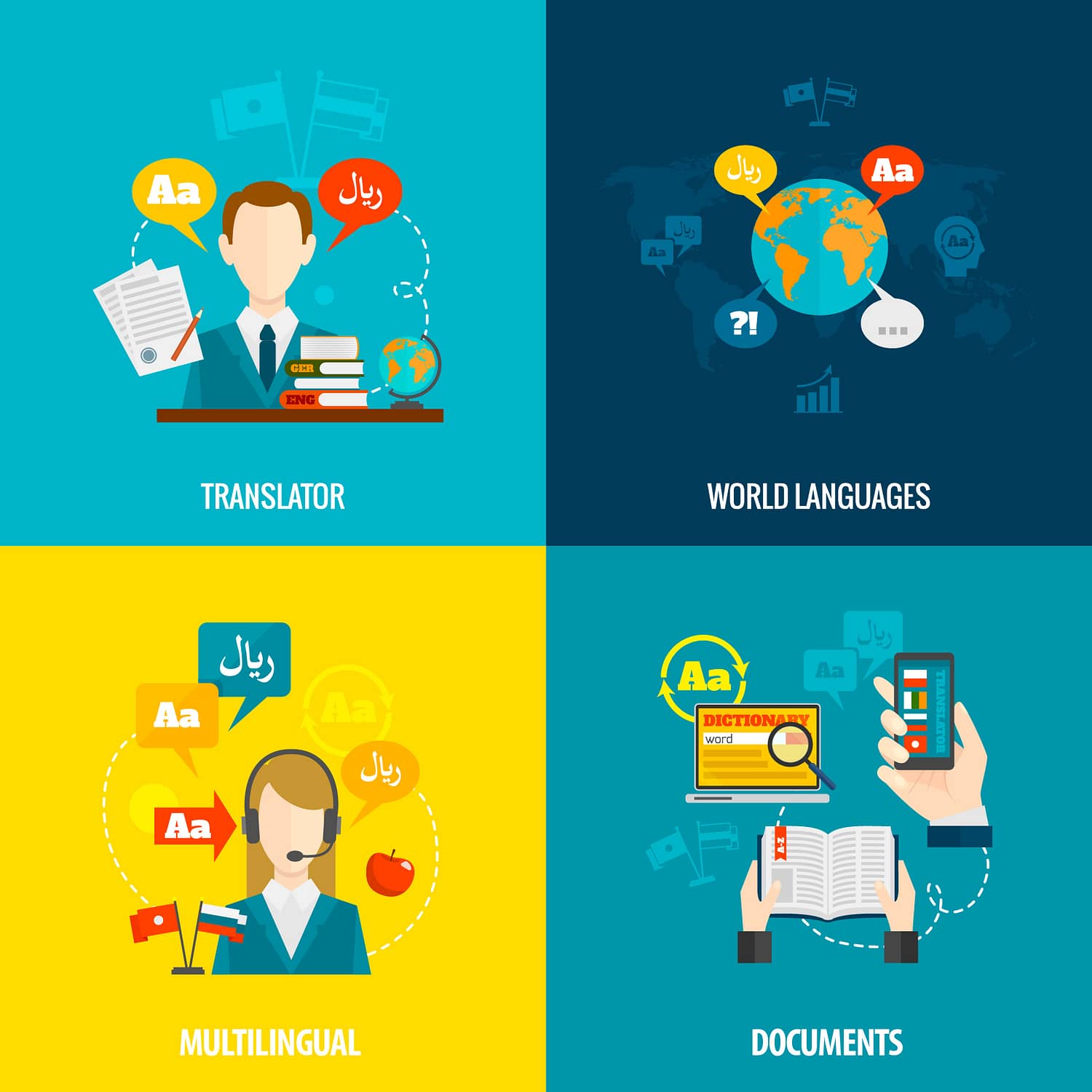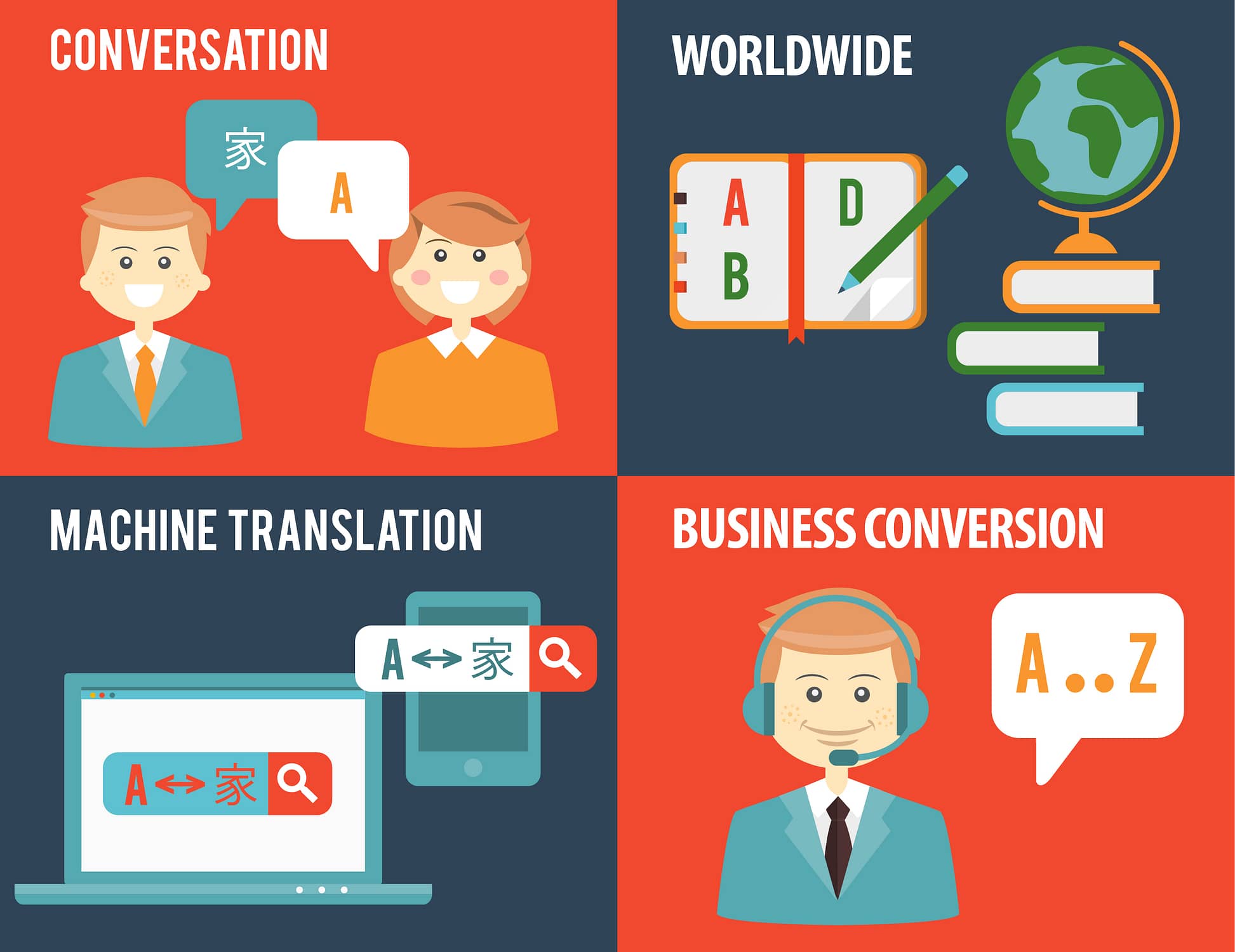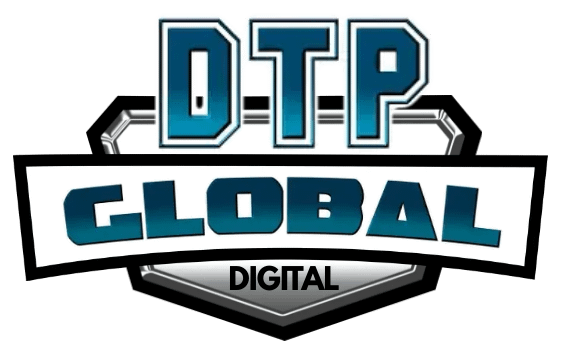Multilingual publishing is the process of arranging the translated/localized text and the graphics in the target design file as it was in the source design file. It means localized documents will be to match the source files and it maintains typography and formatting standards in the target language file. It involves mainly three steps:
- translating the text into the required languages
- typesetting those translated texts
- producing the required output – print or digital
Our team is a group of experienced professionals, graphic designers, desktop publishers, proofreaders, and quality controllers. These professionals work together and help us provide avant-garde DTP solutions in multiple languages. Hence, today we stand as a reputed DTP service provider in the global market. We provide complete multilingual publishing services for your translation and localization projects and for both print and online content. We convey the soul of your original documents, adapting their layout and design to comply with the target language’s requirements.
Multilingual publishing in certain languages is tricky, so don’t take a risk with someone lacking the necessary experience and expertise. Our world-class digital DTP services team of professionals assist you to reduce desktop publishing costs, save time, and money and obtain high-quality results.

How We Work at Global Digital DTP
At Global Digital DTP, we offer multilingual publishing services to help you create high-quality, localized versions of your documents that are ready for publication. Our team of experienced typesetters will work with you to ensure that your documents are typeset correctly in all the languages you require. In addition, our typesetting services are backed by our quality assurance process, which guarantees that your documents will be free of errors and typos. We ensure that the overall page layout is appropriate and attractive with consistent style across the publication.
To provide maximum credibility and quality output to the client, we follow a well-organized approach and workflow, as mentioned below:
- Step 1: At the very first, the client uploads the documents and files on a secure FTP server.
- Step 2: The files are then downloaded and verified by the DTP experts, in order to see that all of the required inputs are present.
- Step 3: After this, the DTP project is assigned to a veteran DTP professional.
- Step 4: The project then undergoes a quality check under the supervision of deft professionals.
- Step 5: The work is then sent to the client (in PDF version) for approval.
- Step 6: If the client suggests any changes, they are immediately incorporated.
- Step 7: This is the last step where the approved files are uploaded to the FTP so that the client could download the same.
First, the typesetter will import the translation into the source design file, then adjust and re-format the text, so we especially consider some points as mentioned below:
- fonts – especially for languages written in other scripts
- text box sizes – because translations are invariable of different lengths from the original text
- text point sizes – so it fits optimally into the available space
- line spacing (called “leading”) – for visual appeal, neither cluttered nor overly spaced out
- text styles – existing ones re-defined or new styles created for each language
The final step is to print out the new language versions files and thoroughly proof them and check the below points as mentioned here:
- displays correctly
- fits the available space
- follows the rules and conventions for that language
- looks good and can be easily read.
We Follow Checklists for Final Print and Digital Files
- Ensure there is space for text boxes to be enlarged if needed
- Avoid very small point sizes and tight leading – we may need to increase both for the foreign language text
- Ensure titles, headings and captions can expand horizontally, and potentially run to an extra line
- Expect text in graphics to need more space in the translation
- Avoid narrow text boxes and columns
Why Choose Multilingual Publishing Services?
Multilingual Publishing is the process of setting type in more than one language. This can be anything from a couple of languages to a couple of hundred. Depending on the project, a typesetter might be working with left-to-right languages like English and French, or right-to-left languages like Arabic and Hebrew. Besides the range of business domains we serve, here are some more reasons why we are one of the most preferred Multilingual Publishing service providers across the globe.
- We provide One-stop solutions
- Global Digital DTP understands quality parameters
- We have experienced and professional Multilingual Publishing experts, who are highly qualified and able to find out the smallest mistakes
- We provide source file designing services and delivery all over the world
- We provide text extraction from pdf files or images for localization services
- Data privacy is one of the major benefits of outsourcing services to us

Benefits of Using Multilingual Publishing Services
As a Multilingual Publishing agency dedicated to quality and service, we use the latest publishing technologies to ensure that we deliver print-ready documents. Working with files that maintain the desktop publishing application’s design and layout intact results in a much faster, less error-prone, and thus more cost-efficient reformatting process. With our credible multilingual publishing services, you can work in any preferred time zone and get round-the-clock assistance. Hire us today and experience significant business growth. Some of our keys include;
- High-Quality Processes: we strictly adhere to Service Level Agreements (SLA)
- Quick Deliveries: Because time matters a lot to us, we offer quick turnaround times based on specific client requirements and project complexity.
- Trained Team: We have a team of skilled, trained, and experienced desktop publishing professionals who can effortlessly handle desktop publishing-related tasks.
- Competitive Prices: Our flexible and competitive prices are customized to any budget.
Why Need Experts Every Step of the Way
Typesetting is the process of arranging and correctly formatting text in a graphic design file. Multilingual publishing is the process of converting and adapting an existing graphic design document (source files) or publication into other languages (target files). Don’t even think about using amateurs for your multilingual publishing projects. The success of your materials depends on everything being done well. In fact, done very well. Here’s why you need to use professionals for each step:
- Professional translators will ensure your foreign language texts are fit for the purpose. That means translations that are accurate, well-worded, and convey the message in an appropriate way. This takes a certain skillset, and there are sound reasons why most bilinguals don’t make good translators.
- Experienced multilingual typesetters will ensure all foreign text is displayed correctly and the page layout is appropriate for the target cultures.
- How the text is presented on the page has a huge impact on how readers respond to a publication, and therefore how successful it is. So don’t take a risk with someone who might do a poor job because they don’t know what they don’t know.
- Design, print, or pre-press experts will ensure the output is exactly right. Output can be surprisingly tricky, with many different settings to get right.
Requisites for Multilingual Publishing Services
Multilingual Publishing requires a range of font styles and weightings in each language requiring typesetting. To correctly typeset foreign language text as part of a multilingual publishing project, we require the following:
Software/fonts
- standard English design and word processing software
- a range of quality fonts for each language
- specific programs or plugins for certain languages– eg the Middle Eastern version of InDesign is needed to handle right-to-left languages such as Arabic
Design program expertise
- familiarity with the industry-standard layout and output techniques and processes
- particular expertise with formatting text – multilingual publishing often requires significant adjustment of the original text settings to fit translated texts into the available space
- how to use the World-Ready Composer
Knowledge of the language(s)
- to confirm all text is displaying correctly
Knowledge of language-specific text conventions
- which fonts are appropriate and when
- the dos and don’ts for layout and design that need to be followed
Language-specific layout techniques and workarounds
- The unorthodox typesetting techniques and solutions needed for the tricky scripts and languages
